'Norfolk. Merely typing the word on a computer screen gives me a little twinge of satisfaction': D. J. Taylor on how Norfolk has inspired him for a lifetime
Novelist and local D. J. Taylor reveals the real magic of Norfolk, his home county.
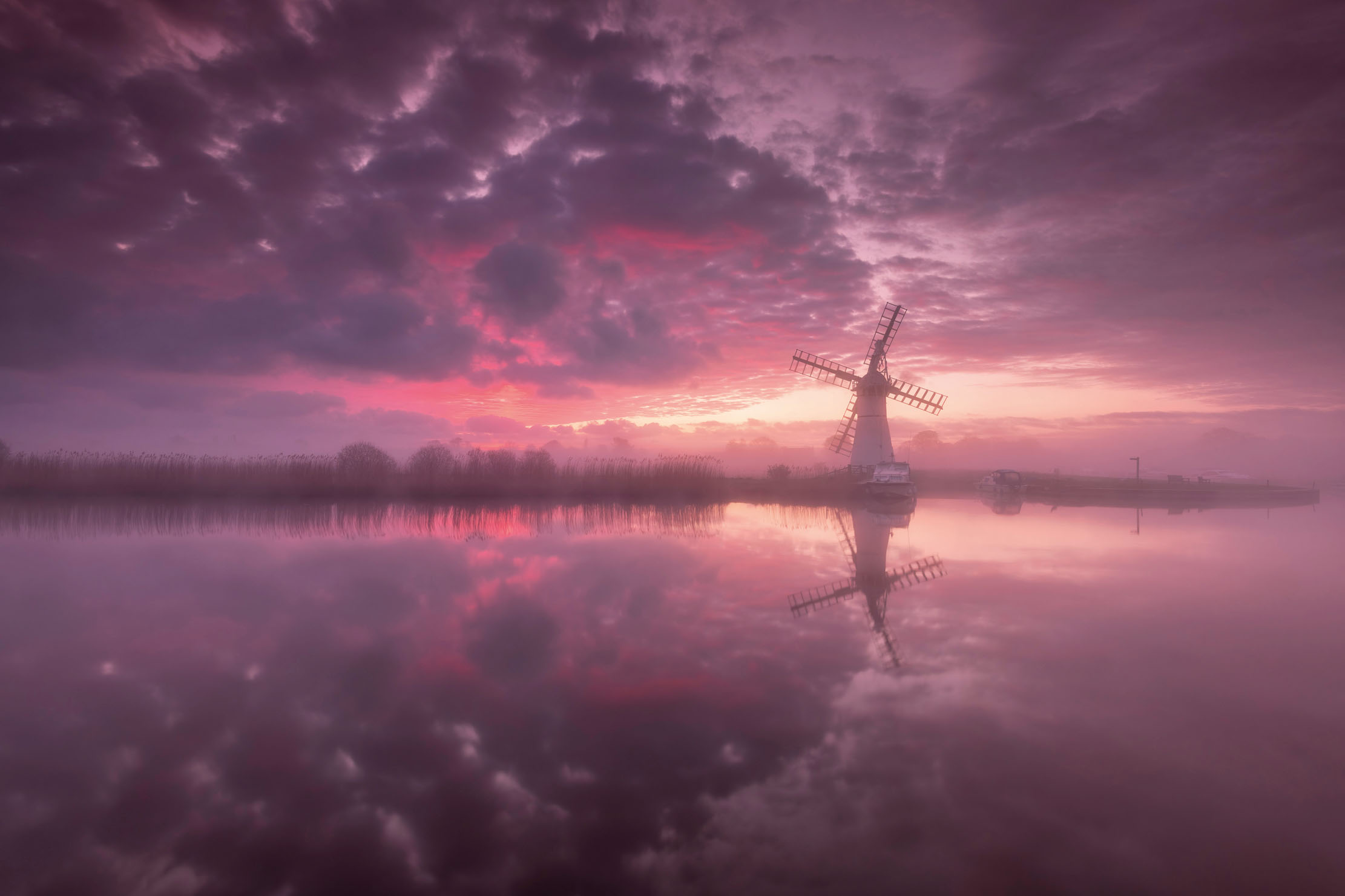
People who live outside Norfolk and get their ideas about it from television programmes nearly always assume that the backdrop is more or less identikit, a matter of flat fields, wide skies, picturesque churches nestling among the reed beds and, once you get to the eastern side, seal-strewn beaches. In fact, the county is as differentiated as anywhere else. This is a big place — 70 miles from Elm in the remote north-western corner down to Gorleston on the eastern coast in sight of the Suffolk border — with variations to match. The gap between one of the dinky north Norfolk market towns, with their stratospherically priced second-homer cottages, and some of the downbeat Breckland hamlets is as wide as the gulf between Hampstead and Brixton.
Norfolk. Merely typing the word on a computer screen gives me a little twinge of satisfaction, a sense of coming from somewhere unlike anywhere else and revelling in the fact of your upbringing. But already some distinctions need to be drawn, for I was born and brought up in Norwich — smack in the middle of the county, yet, in some ways, not at all like the countryside that surrounds it: different accent; different politics (there is a long tradition of electing Labour MPs); much less inward-looking than some of the distant villages, where a day trip to London is a very serious business. In my teens, Norfolk was full of people who had never left the county in their lives. Even now, one or two of them precariously survive.
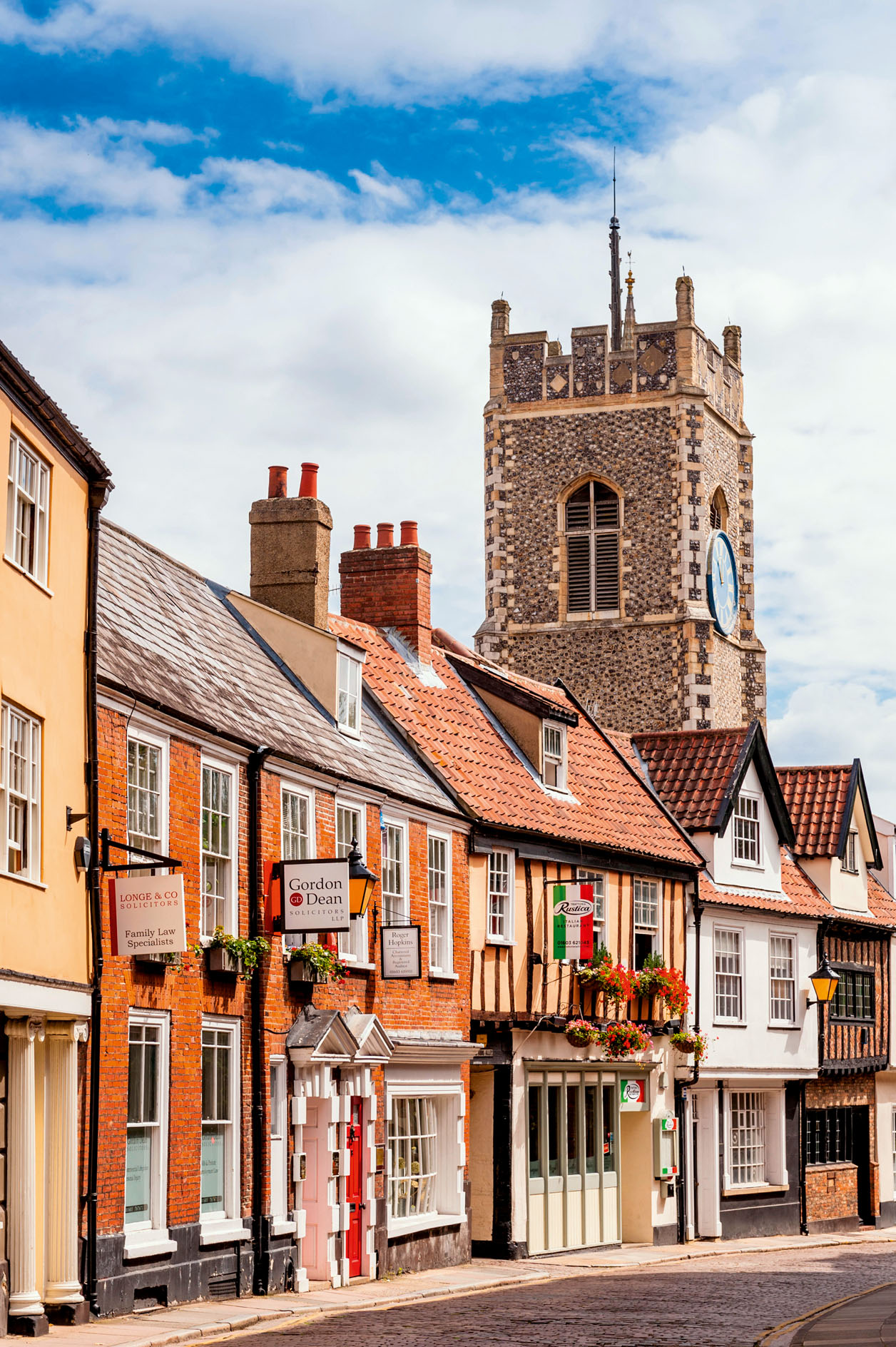
And still, in a world turned multicultural and polyglot, that feeling of sequestration endures. ‘I’m local,’ the gnarled old lady with the labrador on Holkham beach will retort, if you suggest that she might like to clean up after her dog. In any argument about in which direction the county ought to be heading — whether a certain road ought to be dual-carriagewayed or another dozen acres given over to the dreary box-bungalows favoured by developers — this is the clincher. Well, I’m local. There have been Taylors here for generations. We know the territory and cherish the responsibilities that come with it. My wife, on the other hand, despite having been here 20 years, is still regarded as a blow-in.
"The glimpse of a startled rabbit bowling away into the hedgerows; warm orange squash; the slightly odd taste of sandwiches that have been kept too long in a Tupperware box; the smell of vomit borne on the wind"
So how, having been raised in a house a mile from Norwich city centre, did I get to know Norfolk? The answer lies in the traditional leisure pursuit of so many middle-class families in the early 1970s — the Sunday-afternoon drive. Once church had been attended and lunch eaten, the five of us would cram into the succession of cheap, broken-down cars purchased annually by my father — battered Hillman Huskies, winded Morris Marinas — and head out into the countryside. Sometimes, the roads would take us eastward to the coast — to Eccles-on-Sea, say, Sea Palling or Cart Gap; at other times, we could be found sauntering around a medieval ruin or two — Castle Acre, perhaps, out on the road to King’s Lynn — or taking in a country house, such as Blickling or Felbrigg. The latter had, in those days, only just been handed over to the National Trust by the late Robert Ketton-Cremer, its final squire.
Always — at any rate, during the summer months — we would end up by rounding the excursion off with a ‘pic-nice’, sometimes on an untenanted village green, but more often on the edge of a wheatfield. Curiously, these are the really solid memories of those Sunday afternoons of childhood: the glimpse of a startled rabbit bowling away into the hedgerows; warm orange squash; the slightly odd taste of sandwiches that have been kept too long in a Tupperware box; the smell of vomit borne on the wind (my sister was a notoriously bad traveller); the return journey through winding back lanes, where the cow parsley rose up 6ft high and the trees sometimes arched together to make a canopy over the road, listening to the Top 40 on Radio One and jostling for space on the cramped back seats.
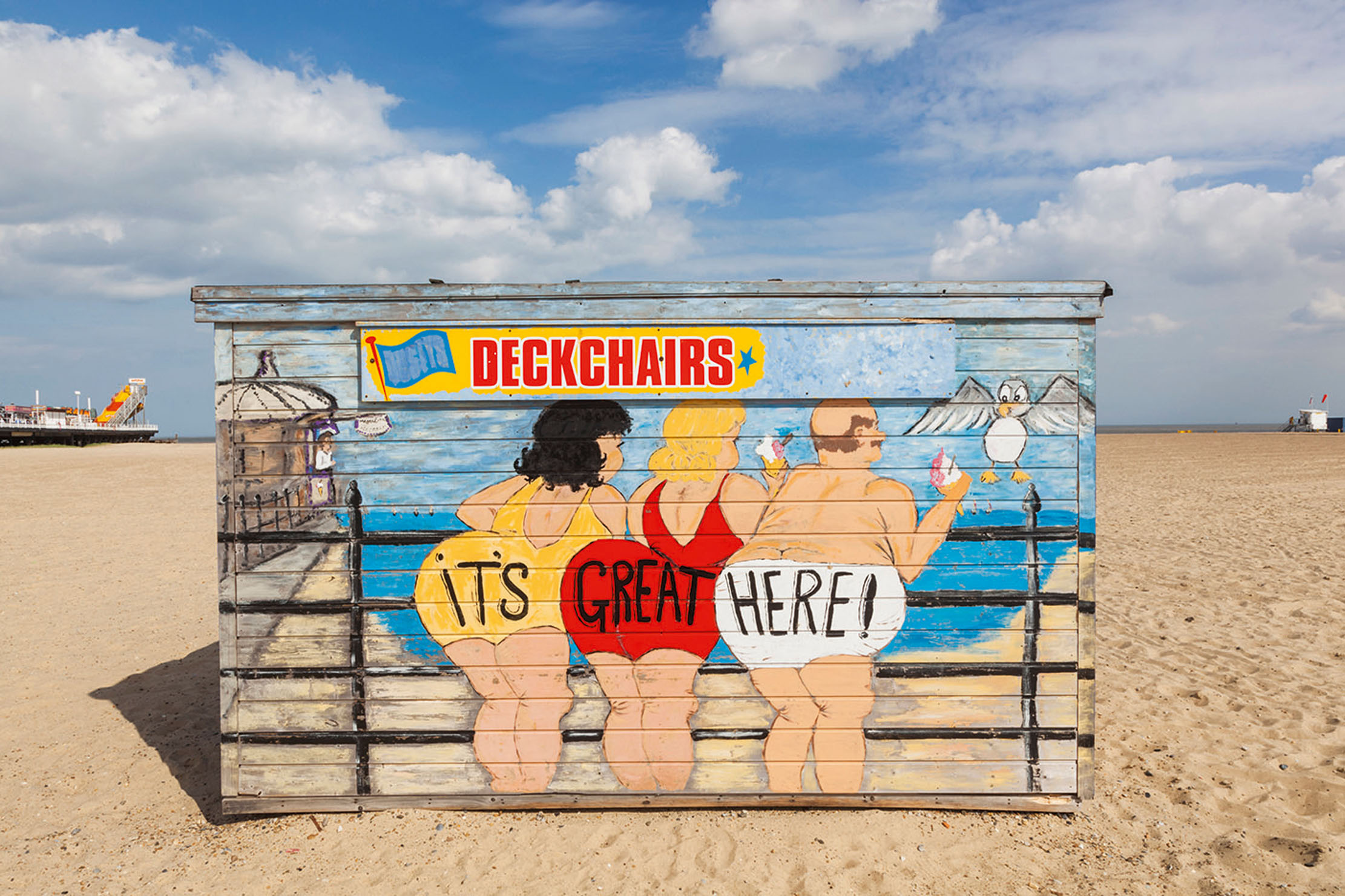
Norfolk! Hempnall, Brooke and Thurton! Oxburgh Hall, with its mullioned windows and a moat that looks as if Ophelia could be found drowning in it! The Acle Strait, which takes you out to Great Yarmouth over terrain so flat that the only thing to give pattern to the landscape is the windmills poking up out of the sedge! Great Yarmouth itself, utterly unlike anywhere else in the county, founded on boat-building and the herring trade, but now treading water as a kind of Blackpool-of-the-East! Dickens came here when he was planning David Copperfield and, even today, walking down a promenade given over to gambling casinos and reeking fish-and-chip shops, I always think of the Peggotys living in their upturned boat on the beach.
Naturally, there are personal associations in all of this. My grandmother came from Yarmouth and, until the mid 1970s, there were pre-Christmas trips to visit Great-Aunt Sheila (a descendant of the Fellows shipbuilding dynasty, which was the local equivalent of being a Rothschild), in her grand house set back from the front, and Great-Aunt Daisy, a tiny little woman with a red nutcracker face, in her council flat. My grandfather had spent time at Watton, on the edge of the Breckland, which, of all Norfolk’s oddities is, to me, the oddest: 370 square miles of blasted heaths and tiny villages where the sense of otherness is so profound that it wouldn’t seem strange to see a pterodactyl take flight into the endless, crow-haunted sky.
Sign up for the Country Life Newsletter
Exquisite houses, the beauty of Nature, and how to get the most from your life, straight to your inbox.
"This says something about what, to use a fashionable phrase, might be called the psychogeography of Norfolk — the idea that the place has quite as much of an impact on the inhabitants as the people around them. I wouldn’t live anywhere else and I know I’d be a different kind of writer if I did."
And there is also inspiration. As a teenager, I was fascinated by a series of dioramas of ancient Norfolk life assembled by the historian Roy Rainbird Clarke in Norwich Castle Museum. They depicted the Neolithic flint-miners at Grime’s Graves, out beyond Thet- ford, as well as Anglo-Saxon chieftains reconnoitring the heaths, and they caught my imagination in a kind of vice. My first novel was called Great Eastern Land and glances at the imaginary part of south-east Asia in which half of it is set, but is really an evocation of Norfolk and what I felt about the place and its early history 35 years ago: a fascination that, at university, led to an optional thesis entitled The Early Church in East Anglia 500–870AD, which assembled all the known facts and wrapped them up in a mere 19 pages.
Great Yarmouth Pleasure Beach; Norwich Marketplace; the Great Ouse that flows through King’s Lynn; the playing fields at Brooke where, as a 10-year-old boy, I once scored six goals in a single match for the 14th Norwich Cubs football X1. How do you write about all this? My favourite ever Norfolk writer is hopelessly obscure: a farmer’s wife named Mary Mann (1848–1929), who lived in the village of Shropham on the edge of the Brecks and, in a series of short stories collected as The Fields of Dulditch (her name for Shropham), does for late-Victorian Norfolk what Thomas Hardy did for Wessex.
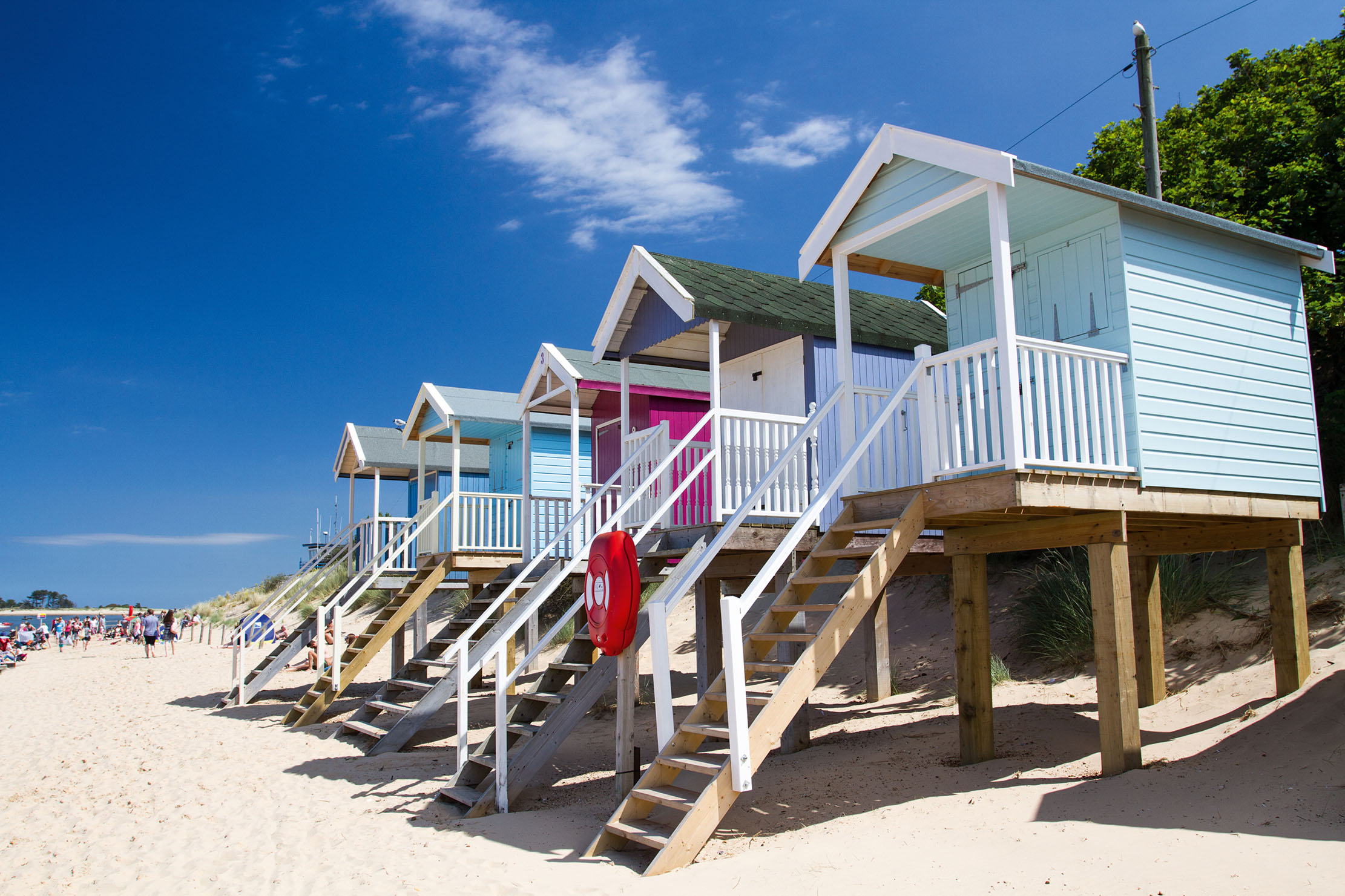
Mann’s subject is the agricultural depression of the late 19th century and the blanket of poverty that led to farm labourers and their families living a dozen to a cottage on 10 shillings a week. What gives Mann’s work its distinction is her ability to make the circumstances of ordinary life seem outlandish, as if she were an anthropologist coming to rest among some blighted Amazonian tribe rather than a farmer’s wife out offering charity to the poor. There is a terrible story in the Dulditch collection called Little Brother, in which the parish visitor calls on a labourer’s wife who has just given birth to a stillborn 13th child. Going to inspect the baby, the visitor is surprised to find that it has disappeared from the cradle. The children, meanwhile, are playing with what seems to be a doll…
You can guess the rest. But the horror lies in the finale. Mrs Hodd, the bereaved mother, is unabashed. Other folk’s children have toys to play with, she retorts, when admonished for allowing this desecration, and she’ll wager that hers haven’t done any harm to their little brother. All this says something about what, to use a fashionable phrase, might be called the psychogeography of Norfolk — the idea that the place has quite as much of an impact on the inhabitants as the people around them. I wouldn’t live anywhere else and I know I’d be a different kind of writer if I did.
D. J. Taylor’s new collection of short stories celebrating Norfolk, ‘Stewkey Blues’, is published by Salt (£9.99)
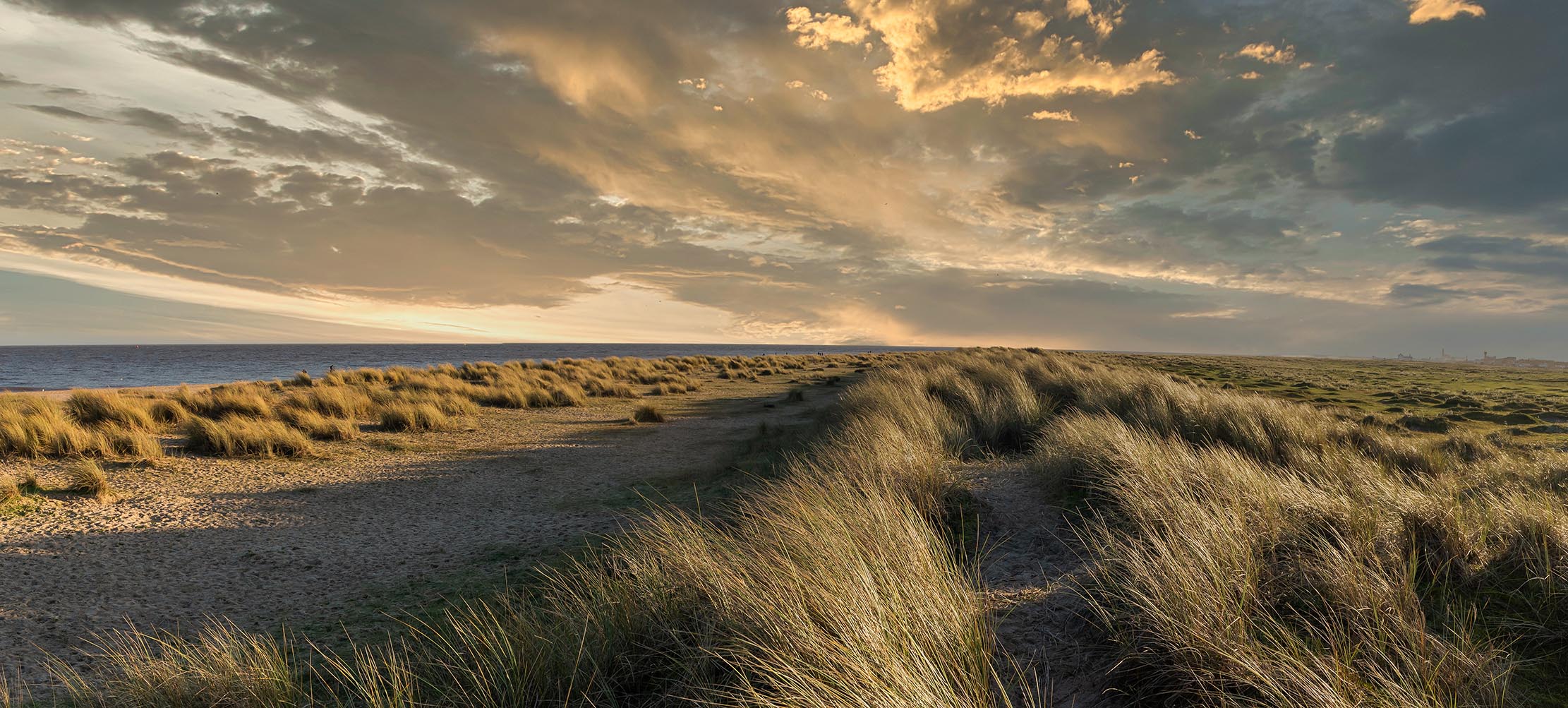
Credit: Visit Great Yarmouth - www.great-yarmouth.co.uk
Great Yarmouth: Endless skies, endless rides and the evolution of the Great British seaside holiday
The British seaside has had a memorable year with more people holidaying in the UK than there have been for
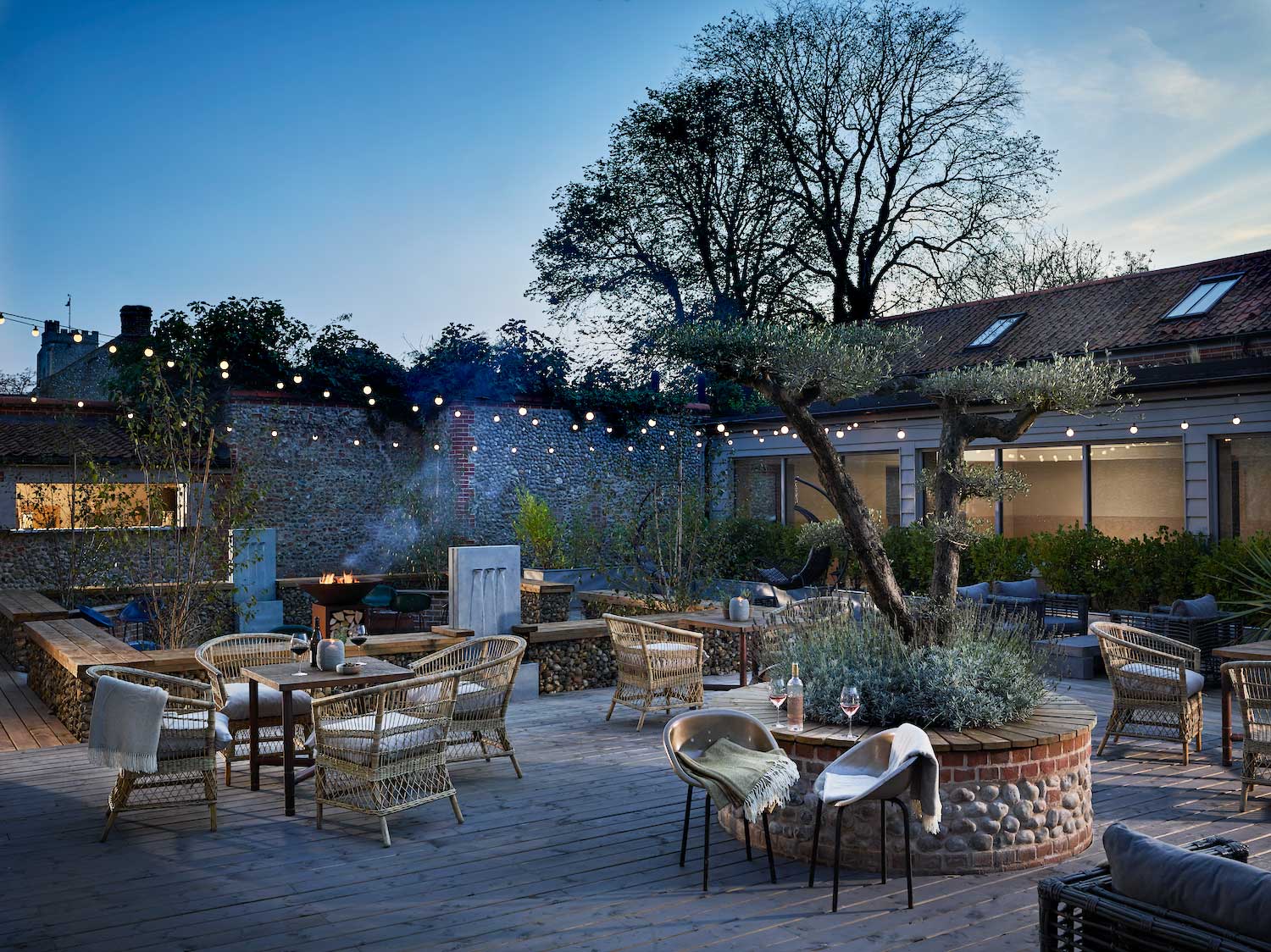
Credit: The Harper
The Harper review: A luxury boutique hotel in the wildest, most beautiful corner of Norfolk
Norfolk’s chicest new hotel has a neighbourly ethos, as Emily Anderson discovered when she paid a visit to The Harper.
-
 Why British designers dream up the most desirable hotels
Why British designers dream up the most desirable hotelsWhen it comes to hotel design, the Brits do it best, says Giles Kime.
By Giles Kime Published
-
 The five minute guide to 'The Great Gatsby', a century on from its publication
The five minute guide to 'The Great Gatsby', a century on from its publication'The Great Gatsby' sold poorly the year it was published, but, in the following century, it went on to become a cornerstone of world literature.
By Carla Passino Published